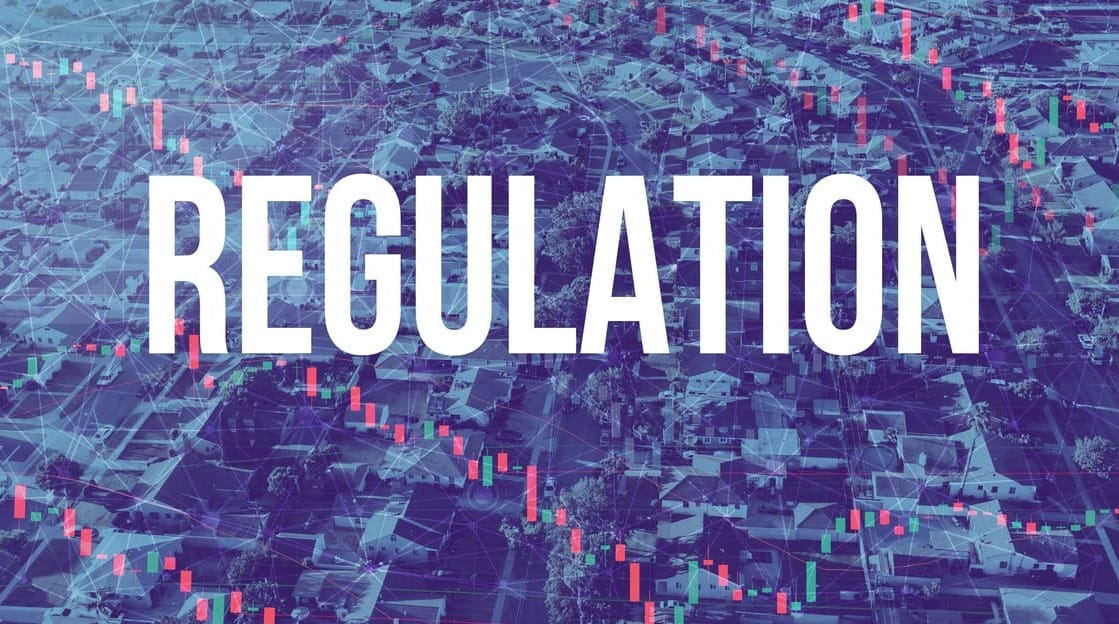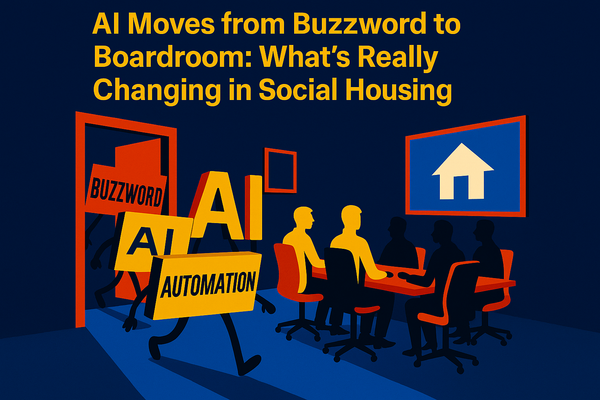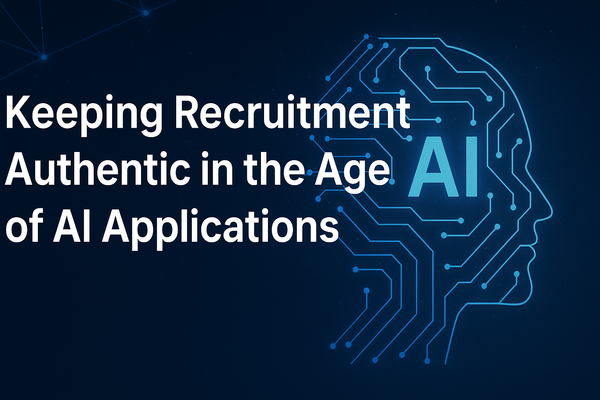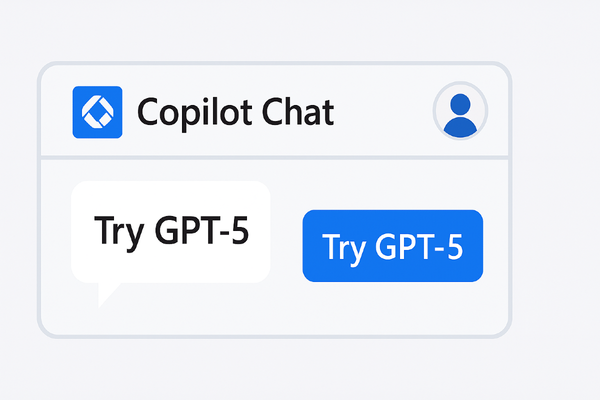AI and the Regulator: What’s Coming Next for Compliance?

The social housing sector is entering a new era of regulation, with artificial intelligence (AI) set to play a pivotal role in how providers meet—and prove—compliance. As the regulatory landscape tightens, particularly with the introduction of the Social Housing (Regulation) Act and Awaab’s Law, housing professionals must understand not only the opportunities AI brings, but also the new expectations it creates.
The New Compliance Landscape
Recent reforms have raised the bar for social landlords. The Social Housing (Regulation) Act and Awaab’s Law require providers to act faster and more transparently when dealing with hazards like damp and mould. For example, landlords must now:
- Investigate reported hazards within 14 days
- Take action to rectify hazards within seven days
- Address emergency hazards within 24 hours
- Provide tenants with a written report within two days of inspection
There are also new requirements for electrical, gas, fire, and carbon monoxide safety, and a designated person must be responsible for compliance. The regulator’s focus is firmly on tenant safety, responsiveness, and accountability.
How AI Is Transforming Compliance
Traditional approaches to compliance—manual record-keeping, reactive repairs, and sporadic audits—are no longer enough. AI is already transforming how providers manage risk, demonstrate compliance, and deliver better services:
1. Proactive Repairs Management
AI-powered platforms can analyse data from sensors, maintenance logs, and tenant reports to predict and flag potential hazards before they escalate. This enables providers to act swiftly, reducing the risk of regulatory breaches and improving tenant safety.
2. Automated Reporting and Documentation
With stricter requirements for written reports and audit trails, AI can automate the generation and storage of compliance documentation. This not only saves time but also ensures that records are accurate, consistent, and readily available for inspection.
3. Real-Time Monitoring and Alerts
Smart sensors and AI-driven monitoring systems provide real-time data on property conditions, such as humidity, temperature, and air quality. These insights help landlords respond quickly to emerging risks and maintain compliance with health and safety standards.
4. Data Governance and Transparency
The rise of AI brings new responsibilities around data privacy, transparency, and ethics. Under the EU’s Artificial Intelligence Act, which began to take effect in 2024, providers must conduct risk assessments, document decision-making logic, and ensure human oversight of high-risk AI systems. This means compliance teams need to treat AI governance as a strategic priority, not just a technical detail.
5. Enhanced Resource Planning
AI can optimise resource allocation, ensuring the right people and materials are available to address compliance issues promptly. This data-driven approach reduces delays and helps providers meet regulatory timeframes.
The Risks: Ethics, Privacy, and Oversight
While AI offers clear benefits, it also introduces new risks. Poorly governed AI can lead to unfair outcomes, privacy breaches, or even regulatory penalties. There is a real risk that residents could be exposed to unregulated technologies that may be discriminatory or invasive if not properly managed. Ethical considerations—such as transparency, fairness, and accountability—must underpin all AI deployments in social housing.
What’s Next for Housing Providers?
The direction of travel is clear: compliance in social housing will increasingly depend on effective use of AI and data analytics. Providers must:
- Invest in robust AI governance frameworks
- Ensure transparency and explainability in AI-driven decisions
- Prioritise data privacy and security
- Train staff and engage tenants on the use of new technologies
By embracing these principles, housing providers can not only meet regulatory demands but also build trust with tenants and regulators alike.
In summary:
AI is no longer a ‘nice to have’—it’s fast becoming essential for compliance in social housing. The sector’s leaders will be those who combine technological innovation with ethical, transparent, and resident-focused practices. The regulator is watching, and the future of compliance is digital, proactive, and powered by AI.



